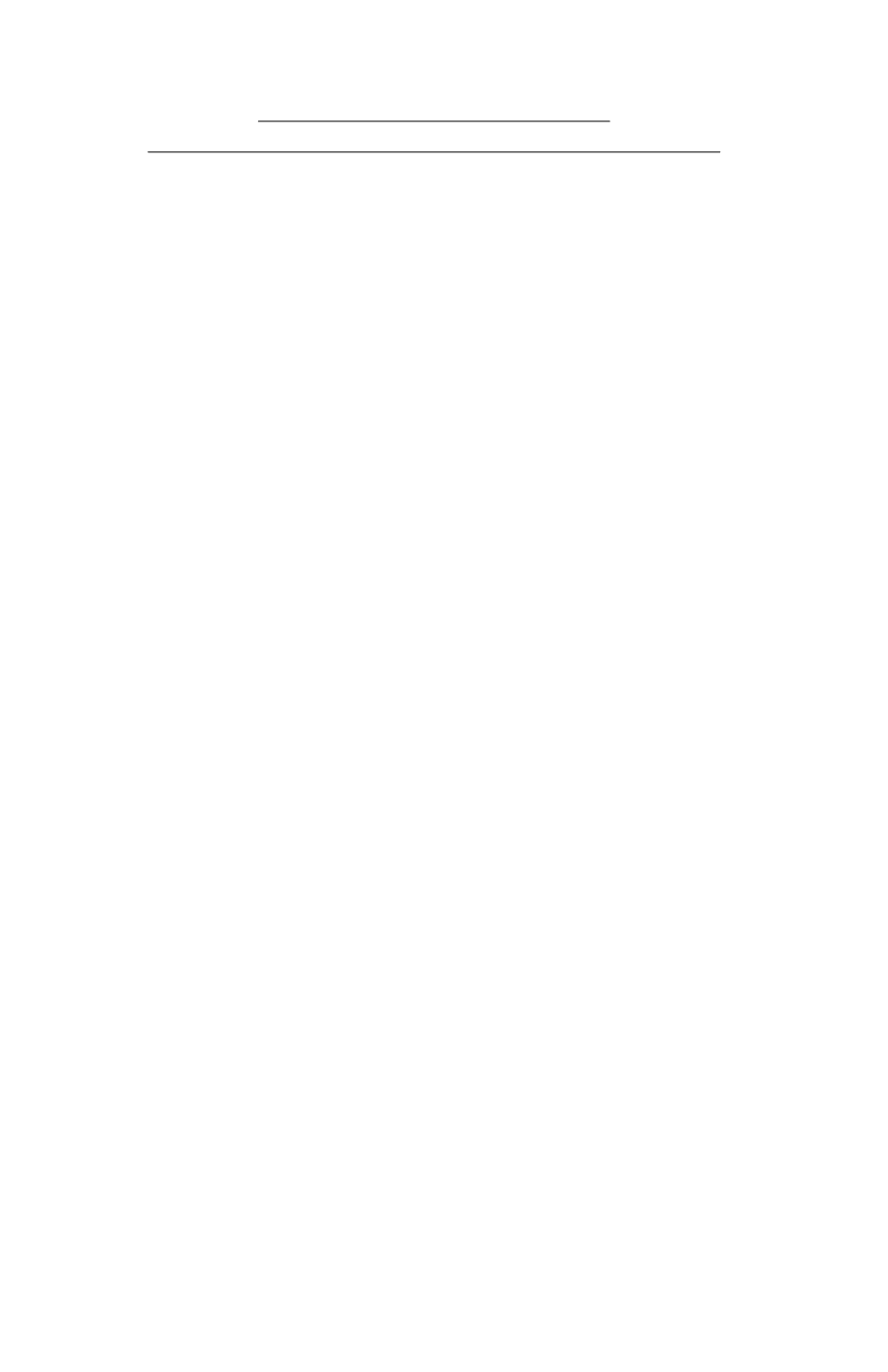
26
NORCROSS HIGH SCHOOL
STUDENTS ACADEMIC INTEGRITY POLICY
Rational/Purpose/Mission:
Norcross High School is committed to the
academic, social and ethical development of each member of our learning
community. We feel that plagiarism and cheating inhibits a student’s academic
achievement and compromises the trust between teacher and student, which is
fundamental to the learning process. The guidelines set forth in this policy
identify what constitutes plagiarism/cheating, the consequences of participating
in such endeavors, and promotes the values of academic integrity among
students, faculty, and administration.
Student Behaviors Constituting Academic Fraud:
1.
Plagiarism
:
According to
Webster’s New International Dictionary of the
English Language, to plagiarize is:
“To steal or purloin and pass off as
one’s own the ideas, word, artistic productions of another.” Joseph Gibaldi
indicates: “Forms of plagiarism include the failure to give appropriate
acknowledgement when repeating another’s argument, and presenting
another’s line of thinking. You may certainly use other person’s works
and thoughts, but the borrowed material must not appear to be your
creation. In your writing, then, you must document everything you
borrow; not only direct quotations and paraphrases but also information
and ideas.”
Joseph Gibaldi, MLA Style Manual and Guide to Scholarly Publishing,
New York
: The Modern Language Association of America, 1998.
Plagiarism includes, but is not limited to, the following:
a.
Presenting as one’s own, the works or the opinions of someone
else without proper acknowledgement.
b.
Borrowing of the sequence of ideas, the arrangement of
materials, or the pattern of thought of someone else without
proper acknowledgement.
c.
Having a parent or another person write an essay or do a project
which is then submitted as one’s own work.
d.
Failing to use proper documentation and a bibliography.
2.
Cheating:
According to the
Funk and Wagnall’s Standard Dictionary of
the English Language,
to cheat is: “to deceive and act dishonestly.”
Cheating includes, but is not limited to, the following:
a.
Obtaining test or quiz materials for an assessment without the
instructor’s knowledge.
b.
Inappropriate use of graphing calculators, programmable
watches, cell phones, cameras and other computer or electronic
devices.
c.
Sharing student work that should be individually/independently
produced.
d.
Using cheat sheets during test situations.


